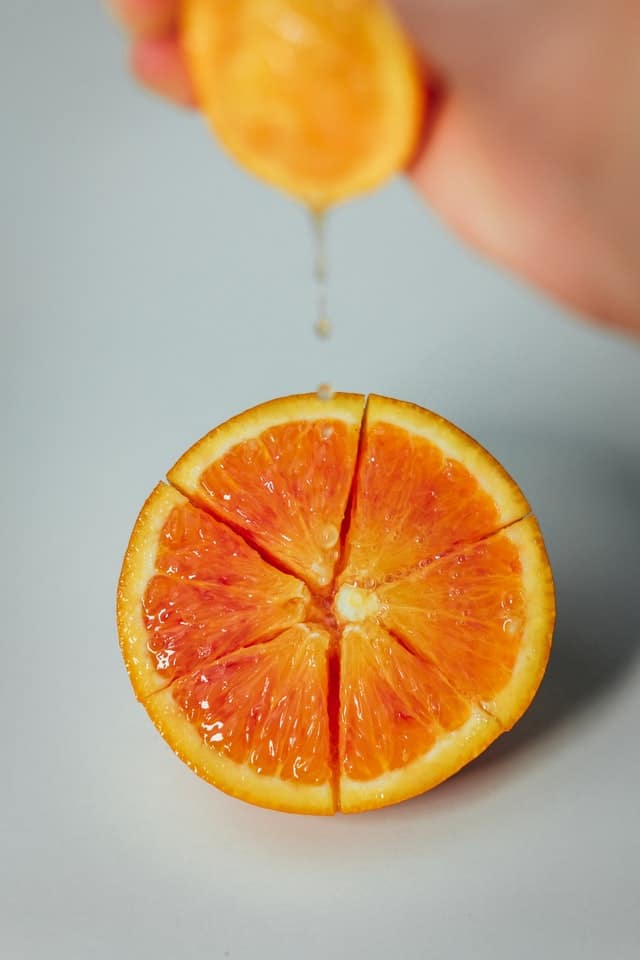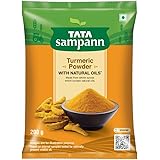Following is the best way to zest an orange.
Steps Are:
• Use organic oranges or citrus, if possible. Wash and dry the fruit.
• Use a citrus scrub to scrape the surface of the skin gently. You want the tasty orange or yellow part of the flesh. Stop gnashing the white pith because of the sour taste of baked produce.
• On a table, or place a peel on a wax paper plate, place it, and put it in a safe position without hassle, where it can be dry. Keep it overnight or longer if possible.
• Put in a new glass jar if it is dirty and dry after rubbing peeling. Keep it from the sun so that it will not disappear.
• Split peel between your teeth, and when it’s time to bake, add other ingredients. The beauty and flavor of citrus fruits get released. The quantity mentioned is a part of the recipe.
• Fried or fried, or ground, oranges, and citrus fruits. The fruit is also in a plastic bag and kept until you keep them in the refrigerator.
Grating The Zest
On the cutting board, position the end of the grater. Place the grater in a corner, with one end against the cutting surface, if you are using a flat grater.
Place the rubber on top of the cutting table while you are using a box grater. It stabilizes the rubber to make it easier to pick, so you can see how zestful you have been while you work.
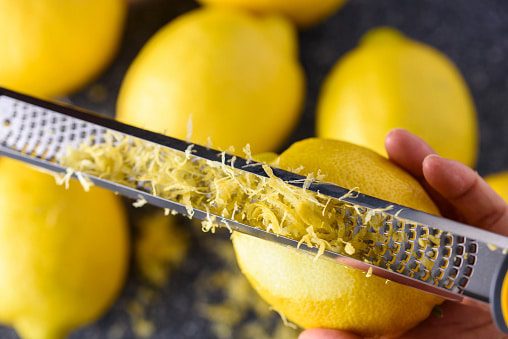
From top to bottom, run the orange over the grater. Drag the orange along the grater to the cutting plate, keeping the pressure enough to scrape the top layer of the rind. When the board finishes, take the orange and put it back on top of the pin. But ensure that you do not grate the white part of the orange, which you find after the zesting process. Taking into account these things can enable you to understand the best way to zest an orange.
Cut the orange in half and squeeze the juice in a cup, making it smaller and more comfortable to hold in your hand. This is a solution if you are having problems holding the orange while zesting it. The rind would be more versatile in the juice in the orange, and you can shape it.
Name the pith, move the orange to another spot on the rind once you enter the white section. After you zest an area 1-2 times, you hit the pith and then change the orange to start zesting. If you end up tossing, pause and pick the white pieces from the zest.
When you have used the whole rind, send your zest to a measuring cup. Scoop it into an indicator cubicle when the cutting board has a big pile of zest. Set aside your zested oranges to use the juice or flesh later if you have enough to prepare your recipe. You will be surprised to know that a normal orange zest has a higher content of polyphenol as compared to actual fruit.
A medium-sized orange can contain approximately 1-1,5 tablespoons of zest. Wash another orange to zest some more if you need more for your recipe. Grating the orange appropriately may be the best way to zest an orange.
Zesting With The Help Of A Microplane
Take a corner of the Microplane. Place your cutting board against the tip of the Microplane, and keep your non-dominant handle. It helps to stabilize the Microplane as it is being used and creates interest in an environment during work. Stop attempting to zest directly into a measuring cup because of the long groove under the plane. The Microplane would absorb the zest until it falls onto the surface.
Glide the orange with light pressure around the Microplane. Press the orange lightly against the Microplane and squeeze it to the cutting board from the handle. Hold ample pressure to cover the top rind layer. You can clamp the Microplane with big chunks of orange rind if you push it too. Hold a low and manageable light pressure to keep the bits.
For every 1-2 scrapes, turn the orange. Check the orange rind after each scrape to ensure that the white pith does not appear. Switch the orange slightly to the zest for a fresh piece of the rind as you start to see it. Stopover two times using every portion of the orange, as you don’t want pith mixed with your zest. The spark has a bitter taste, and you can extract white bits from your zest.
Take off the zest under the Microplane from the groove. Switch on the Microplane and use a knife to scrape the zest into a bowl until you have zested the entire orange. You should be able to extract from your orange at least one tablespoon (6 g) of the peel. Wash another part of the fruit and keep zesting if you require more than this for your recipe! This can probably be the best way to zest an orange. However, if this doesn’t work, there are also a few more ways listed below.
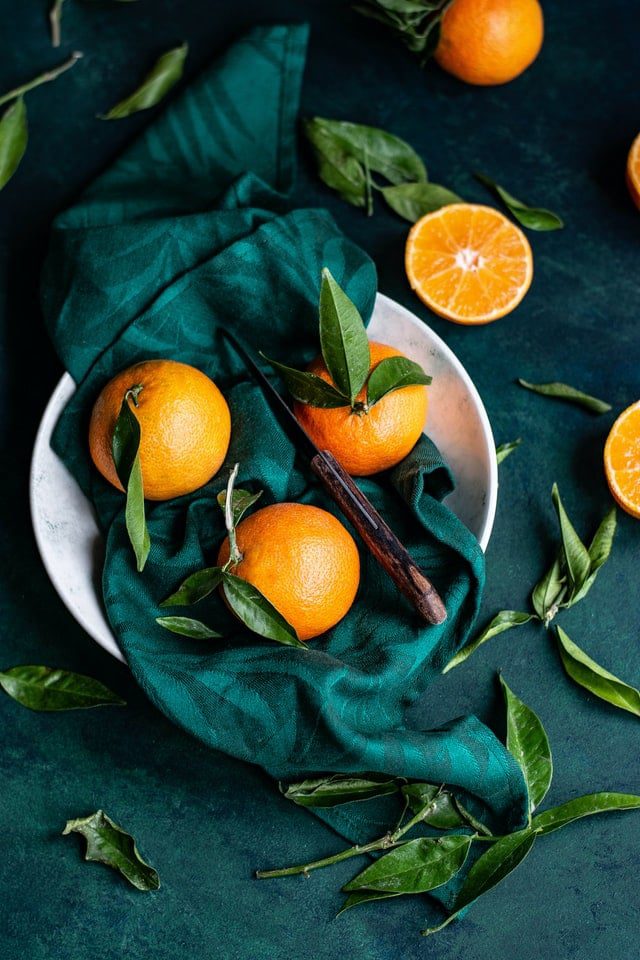
Zesting With Help Of A Peeler Knife- Best Way To Zest An Orange!
This could be the best way to zest an orange. Keep the skin pellets or knives and slide them through the rind. Drill down to cut the rind’s top layer with the same motion you’d like to slice a potato. Making sure the skin is just under the surface, but not touching the peeler or knife. Check the zest for the white pith after the first peel. If there is, throw away this piece and raising your next skin strain.
Following each peel, switch to a new orange segment. Peel per Section 1 time to stop cutting into the pit while using a zester or knife. Turn the orange to find a new section of the rind each time to peel. You can get long pieces of zest when you are using a peeler. It is a suitable alternative on a forum or for cocktail recipes.
Cut the peel for recettes into smaller pieces. Use a sharp knee to pull up or thin the peeled pieces to a smaller size if you are calling for a subtle zest. Be careful when you cut the peeled bits, as they can be curly and you need to hold them. Measure the amount you need for your recipe when you are working. A small food processor can cut long pieces of zest quickly and in an easy manner if you have one available.
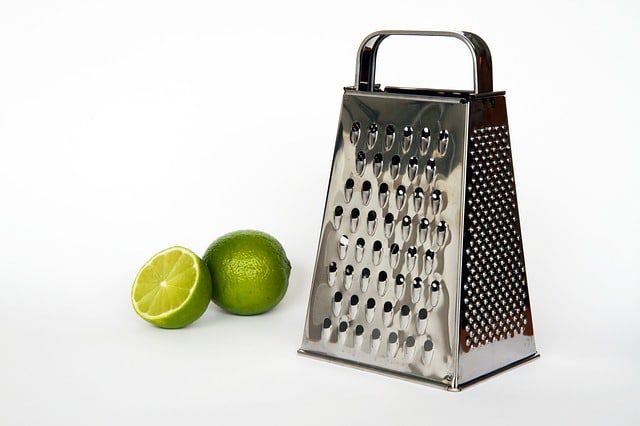
Best Way To Zest An Orange With A Cheese Grater
The small-holed sides work well if you have the kind of cheese grater which has a side with smaller trout. It is approximately the size of a pen, rather than the width of a pencil eraser! Make sure that the white part doesn’t travel too far, or that it is bitter.
Can One Dry Zest In A Potpourri?
Yes! Place your zest in one layer on a parchment-lined pan if you want a dry zest in potpourri. Then, heat the oven to 93 ° C (200 ° F) and cook the zest. Leave in the oven, or until the pieces feel solid, for 25-30 minutes. Remove the zest from the oven and cool it before making your pudding.
How To Use Orange Zest?
Along with the best way to zest an orange, it is also crucial to know about its uses. Orange flavor can blend well in recipes, or even my children add fresh flavor to yogurt. Add orange zest when it comes, without adding liquids, to boost the fresh orange taste.
Sauces. Using to improve the taste of orange. Practically bacon jam salad dressings, sauces, or condiments. The Fresh Cranberry Orange Sauce is my favorite ingredient.

Good and cookies baked. It provides a tremendous citric flavor with orange juice and that too without altering the ingredient balance. The top cooked products such as Coffee Cake Muffins are perfect on a glaze. Attach to a tasty meal, such as Orange Kettle Corn or Orange Kurd (perfect for Halloween btw).
Savory foods. The orange zest for citrus taste is excellent with fruit. The enhanced and more exciting recipes like Slow Cooker Caribbean Pot Roast comprises orange pea citrus savor.
Added Uses Of The Orange Zest
The citrus zest is also useful for a variety of foods and gives the platter a tasteful taste. Please make use of these suggestions if you have extra zeal:
• Fill your marinades with dried zest. Orange is excellent with a fast and easy meal, with cane and citrus chicken.
• The instant pudding snack for the kids also comprises a pinche of dry zest. Or use fresh lemon pudding if you are in the mood.
• Create a lemon sugar of your own.
• Fill it with a vivid sparkle of flavor in your tea.
• Explore the joy of using a citrus zest for everything in your house, from cleaning to homemade beauty.
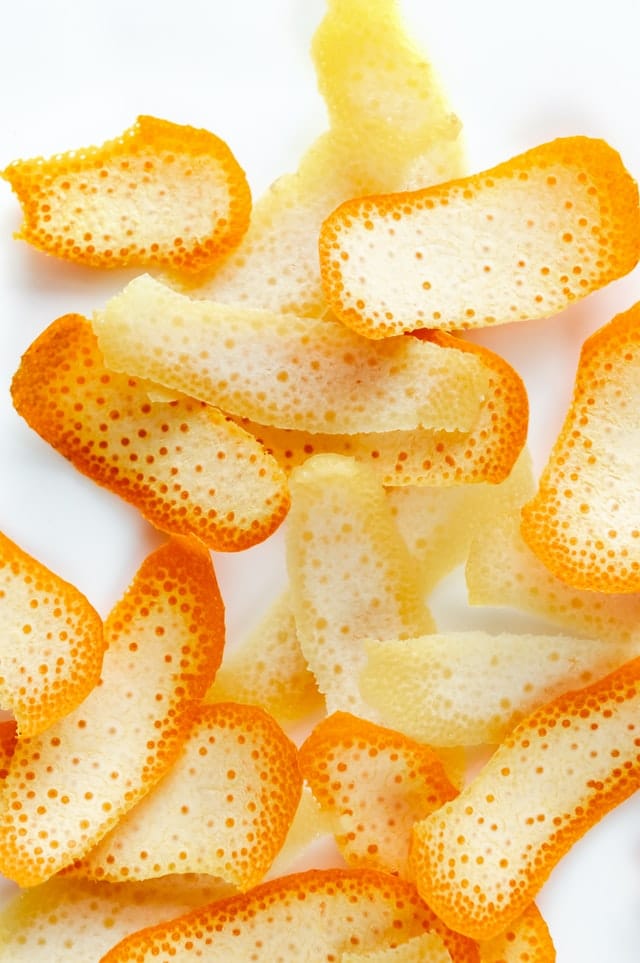
Best Way To Zest An Orange- How To Store?
Until cutting open or extracting peel, the peel extracts from citrus fruit. You can get zest ready for the fridge in just a few minutes and get to do what you wanted. Thoroughly wash and dry the citrus fruit before zesting.
• Take the zest with a Microplane, zester, or vegetable peeler before juicing or cutting the fruit. Make sure you don’t take with zest some bitter white pith; you just want the vibrant fur.
• Set the zest on a piece of parchment or waxed paper in a single layer and freeze.
• Move the zest into a plastic zip bag once frozen. Mark with citrus zest date and form and store until required. If sealed, the zest will remain frozen for about six months.
• Don’t throw away the rest of the fruit if you are just picking the zest. Citrus juicing is simple, and a few methods are available. Bottle or use the juice directly in food or beverage recipes.
Using Frozen Zest
Upon use, you must not throw away the zest. Since it’s frozen, it retains the fresh taste it had. It means that you can use it just like you’d be new.
The difficulty with frostbite is that it is slightly over-measured to compensate for ice crystals. If a recipe requires one teaspoon of cool orange peel, for example, measure 1 1/2 teaspoons of cooled pear.
Dried And Candied Frozen Zest
There are several ways to preserve Citrus zest. You might hunt for recipes that call for fresh, dried, or candied zest. And each is of particular interest to prepare and eat. However, in specific applications, they work as substitutes for each other.
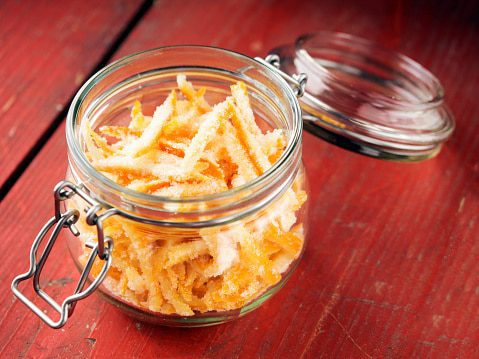
In general, you can bake it for iced bread, cakes, and cupcakes with freshly grated zest. As it has been fresh, your frozen zest should be fine for these, and any recipe for which zest is important. That too without any other requirement for dried zest. Drying rubbed zest is as easy as freezing it, but it takes a little longer to store it. When added to baked goods, marinades, and beverages, it is as tasty as fresh fruit. You might prepare lemon sugar with either option.
Candied citrus peel is also available. In this process, a thin strip of citrus peel boils twice for bitterness. But before this process, you need to keep aside for approximately 1 hour in a mixture of water, sugar, and maize syrup. The peels are then dripped out and used for a special treat in baked goods or chocolate.
Has it ever happened that fresh citrus zest is the only ingredient you lack for a recipe? You will still have zest with a little preparedness and prediction whenever you need it. The fresh zest is a simple solution. You can follow the best way to zest an orange. This approach can extend to any kind of citrus fruit, but in recipes orange, lemon, and lime peels are sometimes called for. You don’t even have to buy fruit for grazing. If you have some citrus fruit in the fridge, simply take it out before you extract the juice or eat an Orange.
Citrus Zest In Breads And Bakes
Citrus and orange peel are just two out of the variety of herbs. Spices and fruit can be dried and packaged for all baking needs at home.
Rasped lemon or orange peel is a common ingredient in fruit bread and fast bread. Peeling or grating the zest gives the bread a taste of fantastic citrus not found in artificial aromas. Even don’t try to check artificial aromas because they never calculate the right material.
Sometimes you can find a recipe that calls for lime zest, and it’s good to have it. If you want to decorate iced bread, cakes, and cupcakes with the freshly rubbed pester. When you baked into your pastry, the dried zest will be just as good as fresh zest.
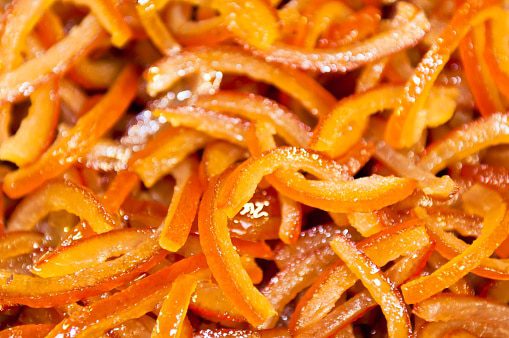
Conclusion
When you have followed the best way to zest an orange, remove the bag and put it into an airtight jar (of course, by using a bench scraper). Add salad food, cake, cookie, meringue, ice cream, granola, herbal butter, and marinade—nothing can improve your citrus flavor. Finish the whipped cream, chocolate bark, or meringue and garnish with it.
The sections are so good that they are not required to defrost, only pinch one or two directly from the freezer when required. These orange peels have essential oils that are rich in limonene, which as per researches are great anticancer agents.


